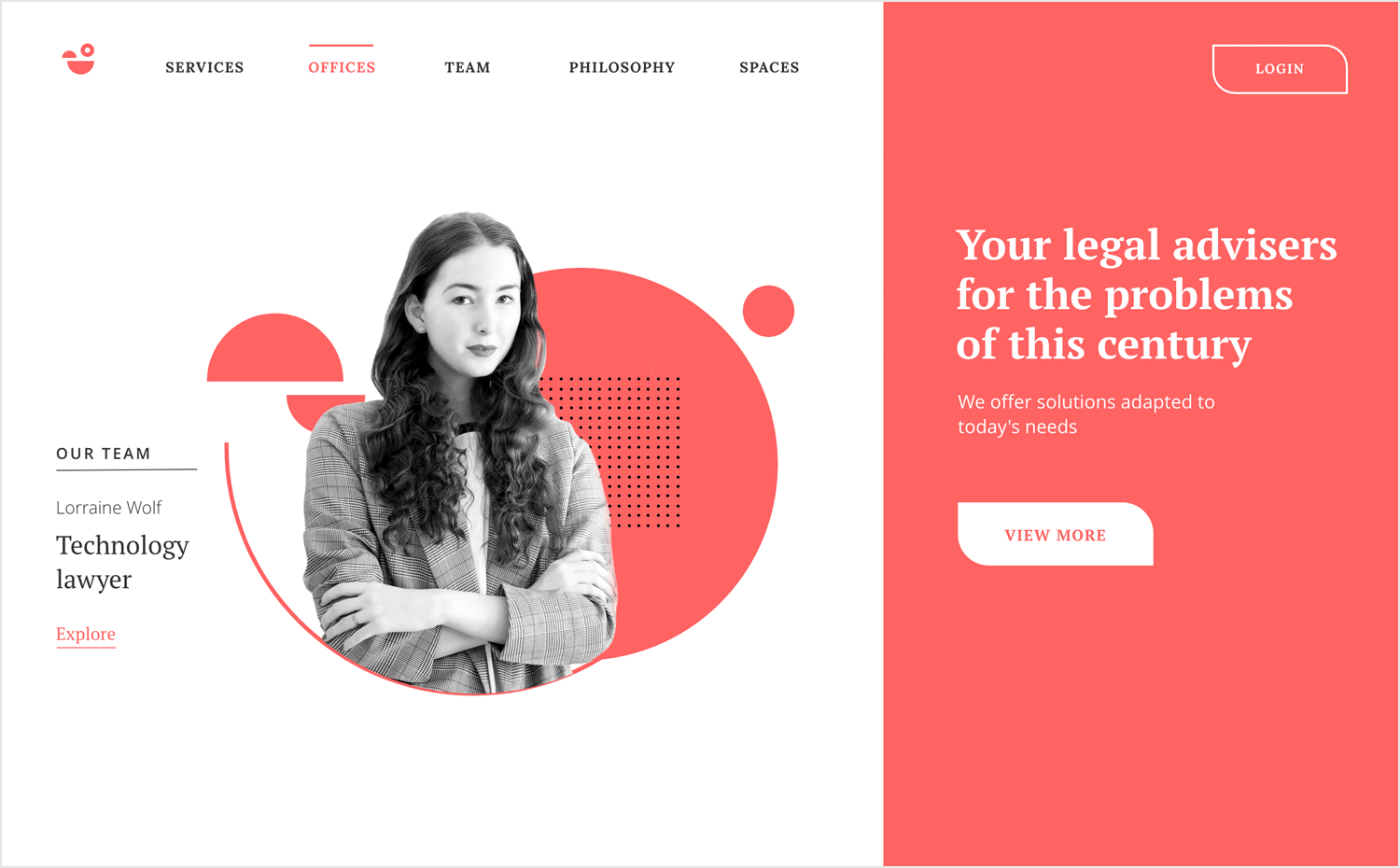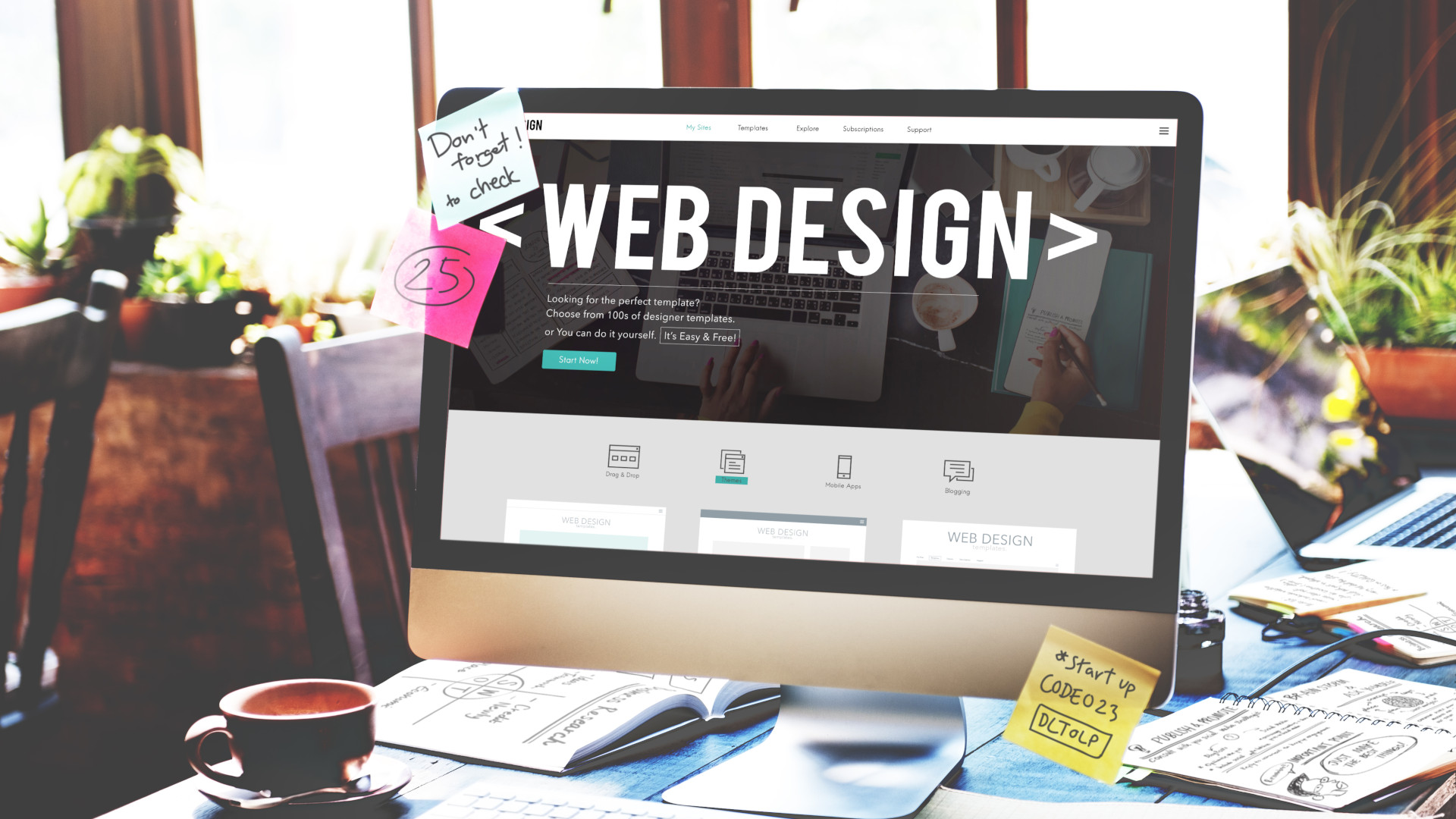Cost-Effective Website Design Solutions for Medium Businesses
Cost-Effective Website Design Solutions for Medium Businesses
Blog Article
Leading Tips for Creating an Impactful Internet Site Layout That Converts
In today's digital landscape, the value of an impactful web site style can not be overstated, particularly when it involves converting site visitors into consumers. To attain this, one must consider a range of variables, including comprehending the target market, focusing on user experience, and optimizing for mobile platforms. Additionally, the calculated usage of engaging call-to-actions and a distinct aesthetic hierarchy plays an important role in leading users with their journey. As we explore these important components, it ends up being apparent that the success of your site rests on greater than simply looks; it calls for a thoughtful strategy to design and performance.

Understand Your Target Market
Understanding your target audience is basic to efficient website style, as it lays the groundwork for producing an appealing individual experience. Recognizing who your individuals are, including their demographics, choices, and actions, enables designers to tailor the website's content, layout, and functionality to satisfy specific requirements.
Conducting comprehensive market research study is critical in this procedure. Surveys, meetings, and analytics can give beneficial understandings into user assumptions and pain points. By compiling this data, designers can create user identities that represent different segments of the audience, guaranteeing that style choices are notified and pertinent.
Additionally, understanding the target audience helps in choosing ideal style elements such as shade plans, typography, and imagery that reverberate with individuals. A site that speaks straight to its audience fosters a feeling of connection and count on, motivating longer gos to and higher conversion prices.
Ultimately, a user-centered strategy to internet site design not only boosts customer complete satisfaction yet likewise sustains service purposes by driving interaction and commitment. By prioritizing the needs and preferences of the target market, an internet site can efficiently offer its function and achieve wanted outcomes.
Prioritize Customer Experience
To improve the overall efficiency of a web site, focusing on user experience (UX) is necessary (Website Design). A well-designed UX ensures that site visitors can navigate the website effortlessly, find details rapidly, and engage with content meaningfully. This causes increased individual satisfaction and higher conversion prices
Begin by implementing intuitive navigating. Menus must be practically structured, allowing users to locate key locations of the site with very little initiative. Uniformity in layout aspects, such as color pattern and fonts, fosters knowledge, which is critical for keeping customer engagement.
In addition, consider the loading speed of your web site. A delay of just a few seconds can cause substantial drop-offs, as individuals are less most likely to await a slow-loading page. Enhancing photos and maximizing code can enhance efficiency and keep site visitors.
By prioritizing customer experience, you not only develop a more pleasurable environment for site visitors but likewise reinforce your brand name's reputation. Inevitably, an emphasis on UX is an investment in the long-lasting success of your internet site.
Enhance for Mobile Gadgets
Optimizing for mobile tools is critical in today's digital landscape, where a boosting number of customers accessibility sites with smartphones and tablet computers. A mobile-friendly layout not just boosts user experience yet likewise plays a considerable role in enhancing search engine positions. To accomplish this, it is vital to embrace a receptive layout that immediately adapts to various display sizes and positionings.

Packing speed is an additional important variable; mobile individuals are typically much less person and expect rapid access to information. Maximize photos and leverage browser caching to boost efficiency. Lastly, test your web site on numerous devices and display resolutions to recognize and rectify any kind of prospective usability issues. By focusing on mobile optimization, you ensure that your internet site remains affordable and properly engages a more comprehensive audience.
Use Engaging Call-to-Actions
An internet site's efficiency commonly pivots on its ability here are the findings to lead site visitors towards wanted actions, making engaging call-to-actions (CTAs) vital components of style. CTAs work as the pivotal factors that guide users to involve with the website, whether that suggests making a purchase, authorizing up for an e-newsletter, or downloading and install a source.
To produce reliable CTAs, clearness is paramount. Usage succinct language that clearly connects the activity you desire the individual to take. Phrases such as "Get going," "Sign Up Free," or "Store Now" not just convey seriousness however additionally eliminate uncertainty. The placement of CTAs is similarly essential; they should be strategically placed throughout the webpage to ensure they are easily noticeable, specifically in high-traffic areas.
Additionally, take into consideration utilizing directional cues, such as arrows or pictures, to guide users toward these switches. By focusing on these aspects, companies can considerably enhance user engagement, driving conversions and ultimately accomplishing their web site's goals.
Concentrate On Visual Pecking Order
Effective web site design counts greatly on a well-structured visual pecking order that overviews customers through content effortlessly. By organizing elements in a manner that prioritizes information, developers can improve individual experience and promote decision-making. This entails making use of dimension, shade, contrast, and spacing strategically to draw attention to one of the most critical elements of a web page.
Making use of bigger typefaces for headings and subheadings establishes a clear difference between different areas, permitting individuals to check content easily. Furthermore, utilizing contrasting shades for buttons and calls-to-action can capture try this out user interest and urge interaction. Whitespace is one more crucial component; it avoids clutter and makes it possible for users to concentrate on vital messages without diversions.
Photos and graphics need to enhance the message while also sticking to the recognized pecking order, reinforcing the general message (Website Design). Uniformity in layout elements, such as color pattern and typography, more strengthens the aesthetic pecking order, making navigating intuitive

Conclusion
Finally, efficient website design necessitates a detailed understanding of the target market, prioritization of customer experience, and mobile optimization. The strategic use engaging call-to-actions and a distinct aesthetic hierarchy even more boosts individual interaction. By applying these principles, sites can accomplish higher conversion rates, ensuring that layout aspects not just attract visitors yet also promote seamless navigating and communication. Ultimately, a well-executed website design offers as a crucial component in driving individual actions and achieving organization purposes.
Report this page